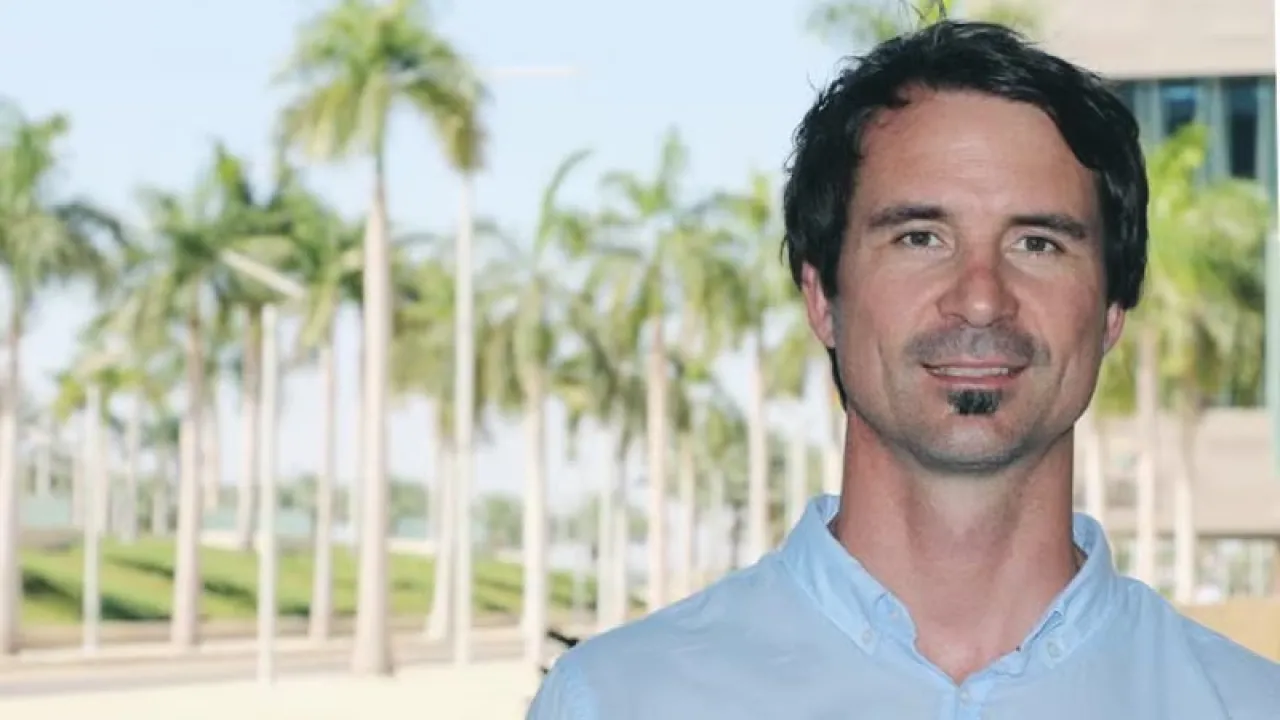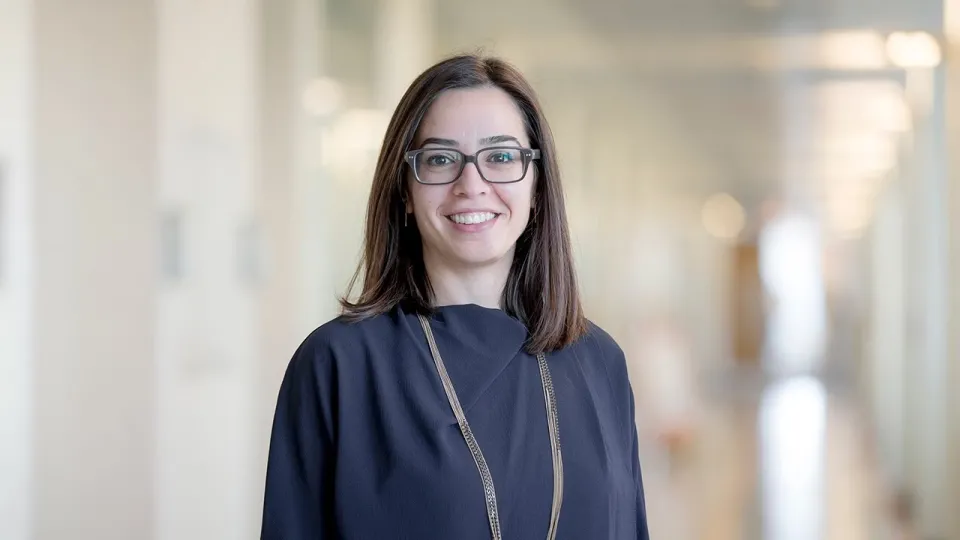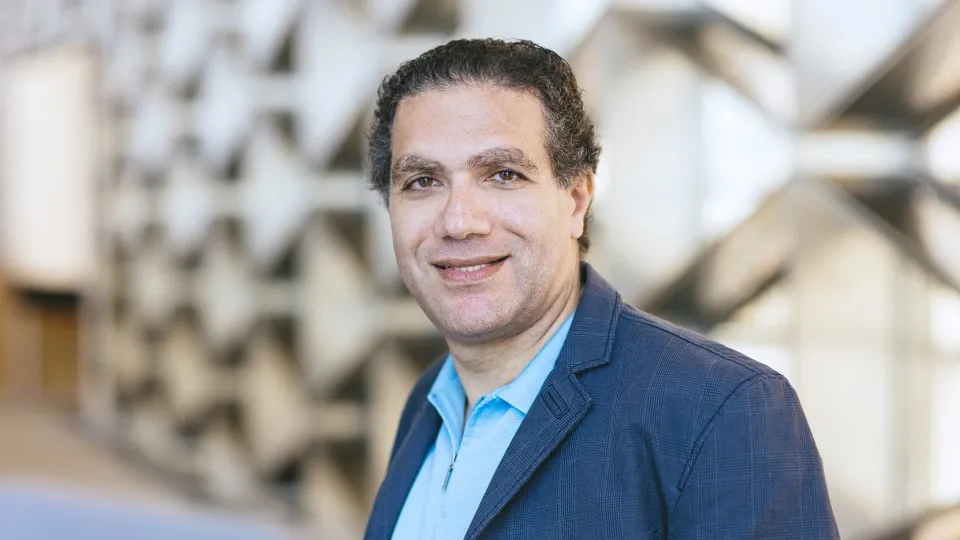
Professor Kosel Appointed as Distinguished Lecturer of the IEEE Sensors Council
Jürgen Kosel, associate professor of electrical engineering in the University's Computer, Electrical and Mathematical Sciences and Engineering (CEMSE) Division, has been appointed as a Distinguished Lecturer of the IEEE Sensors Council for the period of 2020-2022.
About
By David Murphy
Jürgen Kosel, associate professor of electrical engineering in the University's Computer, Electrical and Mathematical Sciences and Engineering (CEMSE) Division, has been appointed as a Distinguished Lecturer of the IEEE Sensors Council for the period of 2020-2022. Based on his reputation, experience, and the relevance of his proposed topics for the sensors community, Kosel was selected among several outstanding candidates for the role, which will see the head of the Sensing, Magnetism and Microsystems (SMM) group promote the field of interest of the Council over the coming three years. The Austrian researcher will now actively seek out lecturing opportunities in relevant communities, per the Council’s Distinguished Lecturer Program Policies.
Kosel said that he felt honored to have received this level of acknowledgement from such a large technical community. A community, which appreciates the relevance of work carried out by the SMM group and its collaborators.
“It is great to receive recognition by my peers in IEEE and in general. More important, though, is to move the field forward by developing sensor solutions that eventually make a positive difference in people’s lives.
“A Distinguished Lecturer is an ambassador of the field of sensors, the Sensors Council and the IEEE, with the mission to give talks on important and “hot” sensor topics. One particular goal is to attract young professionals and students to this vibrant field in order to generate an influx of innovative and energetic researchers, who have new ideas and are helping to drive technological advances.”
Impactful research
Kosel’s research at KAUST focuses on sensors and transducers, spanning across different disciplines and covering a wide range of applications. At present, he is working on sensors for animal monitoring, precision farming, Formula One racing and biomedical instruments.
Perhaps one of the most significant projects that the SMM group is presently working on is the development of magnetic devices for high-density data storage, cancer treatment, magnetic resonance imaging, drug and cell delivery and combined theranostic (providing therapy and diagnosis) approaches. This research not only has the potential to positively impact Saudi Arabia, but the devices created could have an unparalleled impact in the developing world; in areas where people suffer from limited or non-existing access to the latest in medical care and equipment.
It is estimated that yearly, approximately 15 million babies worldwide are born preterm and require intravenous administration of liquid nutrition and medicine—which is done with an umbilical catheter. Its placement is carried out using x-ray imaging, exposing the neonate to ionizing radiation up to as many as 30 radiographs within the first six weeks of life.
“Unfortunately, radiation sensitivity is highest during the newborn period and so is the risk of cancer induction. With the magnetic sensing technologies developed in my lab, we can address this issue and considerably reduce or completely avoid harmful x-ray exposure of these babies with a simple and affordable handheld device. However, the solution must take into account medical and regulatory considerations. To this end, our collaboration with an experienced pediatrician in South Africa is extremely beneficial to guide our research and development and ensure the device will be accepted by his community.
“Saudi Arabia has an above-average birth rate, and therefore benefits a lot from such a project. However, its impact goes way beyond one country. Even more, in underdeveloped areas, access to the current x-ray-based method is often limited or non-existing, and such a device could make a safe and affordable method available.
Reaching a new level at KAUST
Kosel believes that the majority of work carried out by the KAUST SMM group has reached a level where it is ready for a transition to the next stage of its development: “Several of the magnetic nanowires developed by the group for biomedical applications have been used within KAUST and beyond.
“Our sensor types are being deployed in the Red Sea to monitor animals or coral reefs. We started using them on birds and land animals too. Other sensors are implemented by McLaren Racing for Formula One applications. Our recently developed magnetic skin is employed on catheters, and we are using it to give paralyzed people a way to control wheelchairs, computers, etc. via facial expressions.”
He feels that this level of cutting-edge research within the SMM group is made possible due to the availability of outstanding on-campus facilities and the ease of collaboration within the KAUST, as well as the diverse outlook and multicultural nature of the University’s students.
“Next year, in March, we are organizing a conference on new trends in biomedical devices at KAUST with Professors Inal and Salama. This will be an excellent opportunity to further connect with researchers and practitioners from around the world. The sense of collaboration within the University, and outside of it, is very strong.
“I would like to sincerely thank everyone who has been involved in the research I have been doing, which eventually led to this award. There are too many people to mention, but the most important ones are my students and collaborators in KAUST.”

